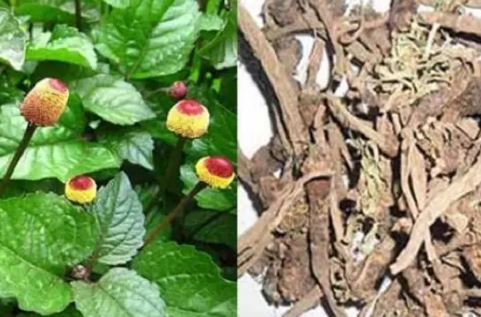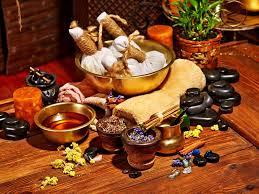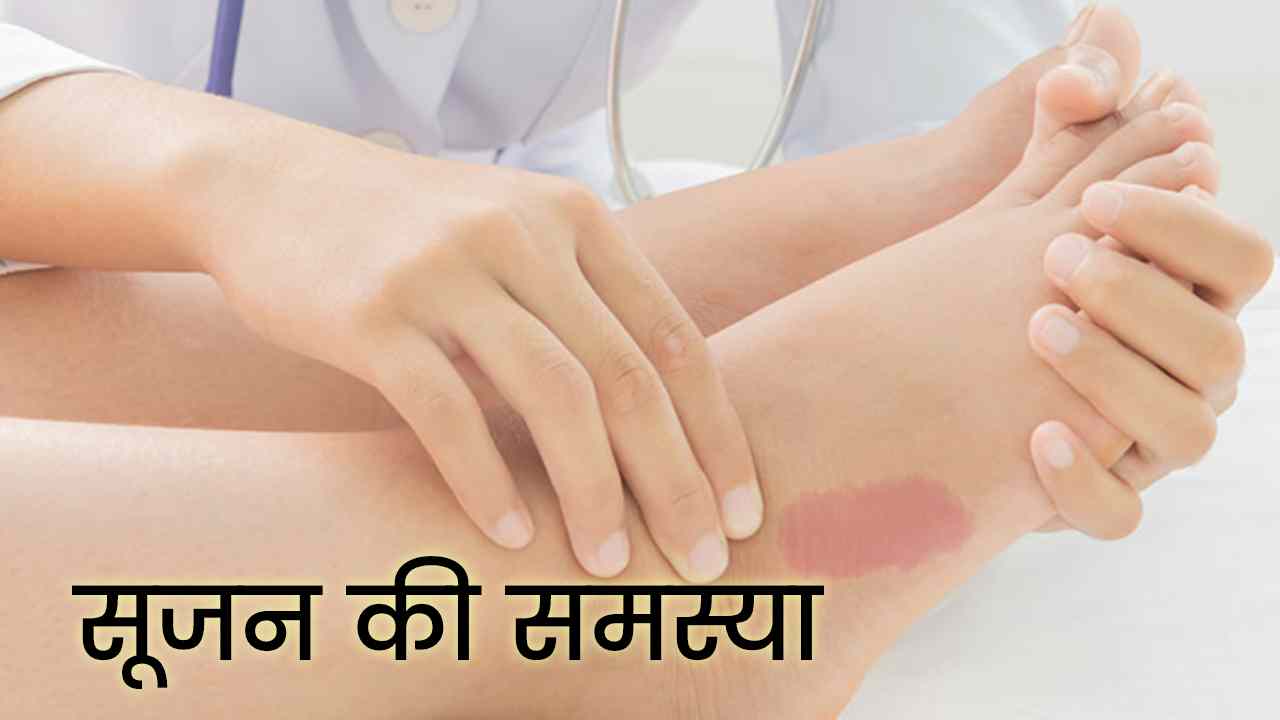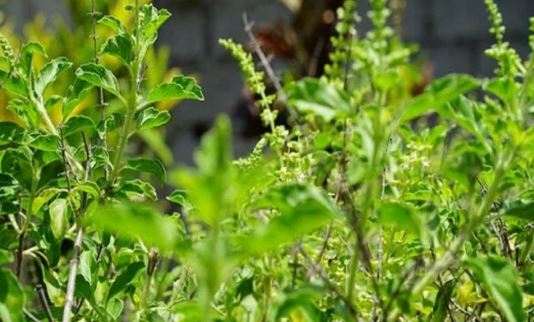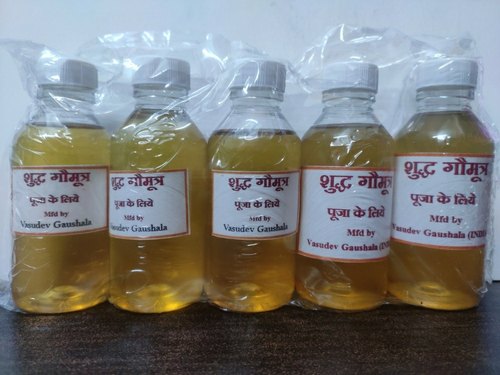Medicinal properties of Akarkara
You will be surprised to know that the medicinal properties of Akarkara are innumerable. Akarkara powder is used as medicine in Ayurveda. Akarkara works like magic for ailments like headaches, toothache, bad breath, dental problems, and hiccups. Let’s know about it in detail. Medicinal properties of Akarkara The medicinal properties of Akarkara are used for … Read more

